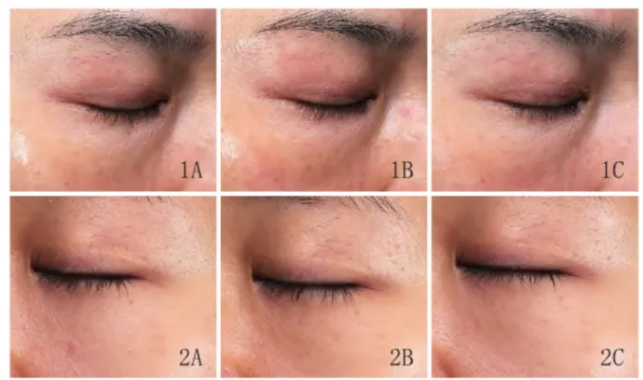Retinal is an intermediate metabolite of natural retinoic acid. It is a type of vitamin A, also known as A aldehyde, which can be oxidized to produce A acid (Retinotic acid) and reduced to produce Retinol.
| ITEM | STANDARD | TEST RESULT |
| Assay | ≥98.0% | 98.5% by HPLC |
| Physical & Chemical | ||
| Appearance | Orange to yellow powder | Complies |
| Odor | Characteristics | Characteristics |
| Retinoic Acid | ≤1% | Negative |
| Heavy Metal | ||
| Total Heavy Metals | ≤10ppm | <10ppm |
| Microbiological Test | ||
| Aerobic Plate | ≤100CFU/ml | Complies |
| Yeast & Molds | ≤10CFU/ml | Complies |
| Escherichia Coli | Negative | Negative |
| Pseudomonas Aeruginosa | Negative | Negative |
| Staphylococcus Aureus | Negative | Negative |
| Conclusion | Conform with specification | |
| Storage | Store in cool -20℃ and dry places. Keep away from strong light and heat | |
Vitamin A is not a single compound, it includes derivatives such as retinol, retinene, retinoic acid, etc. However, retinal is less irritating to the skin than retinoic acid. The stability of retinal is relatively poor, but liposomal retinal improves its stability and bioavailability.
Retinaldehyde has a better effect on the skin than retinol and retinyl esters, and is the ingredient closest to retinoic acid.

Feature Adapalene, with a molecular formula of C28H28O3, is a white or off-white powder at room temperature and is insoluble in water or ethanol. In…
Feature 3-0-Ethyl ascorbic acid is a derivative of vitamin C, consisting of vitamin C and an ethyl group bound to the third carbon position. This…
Feature Pentapeptide 18 is a new anti-wrinkle peptide. Different versions of the product can be prepared by adding D-tyrosine to its N-terminus or C-terminus.Pentapeptide has…